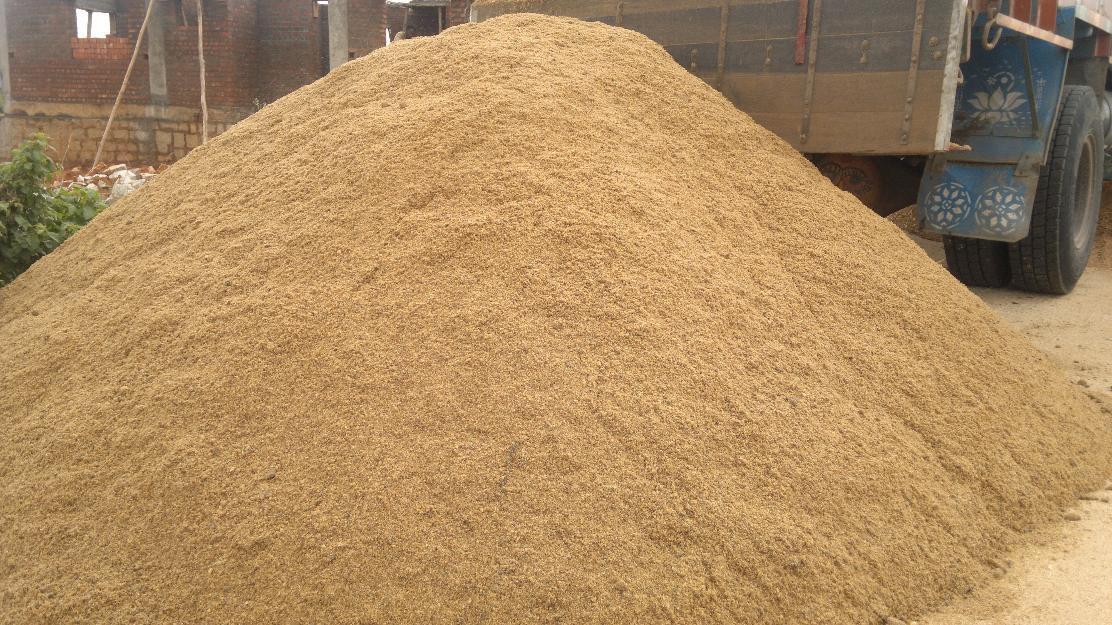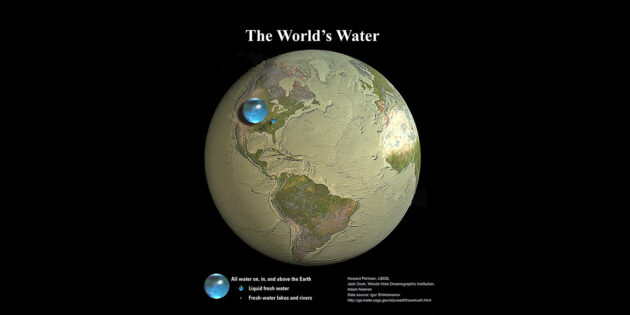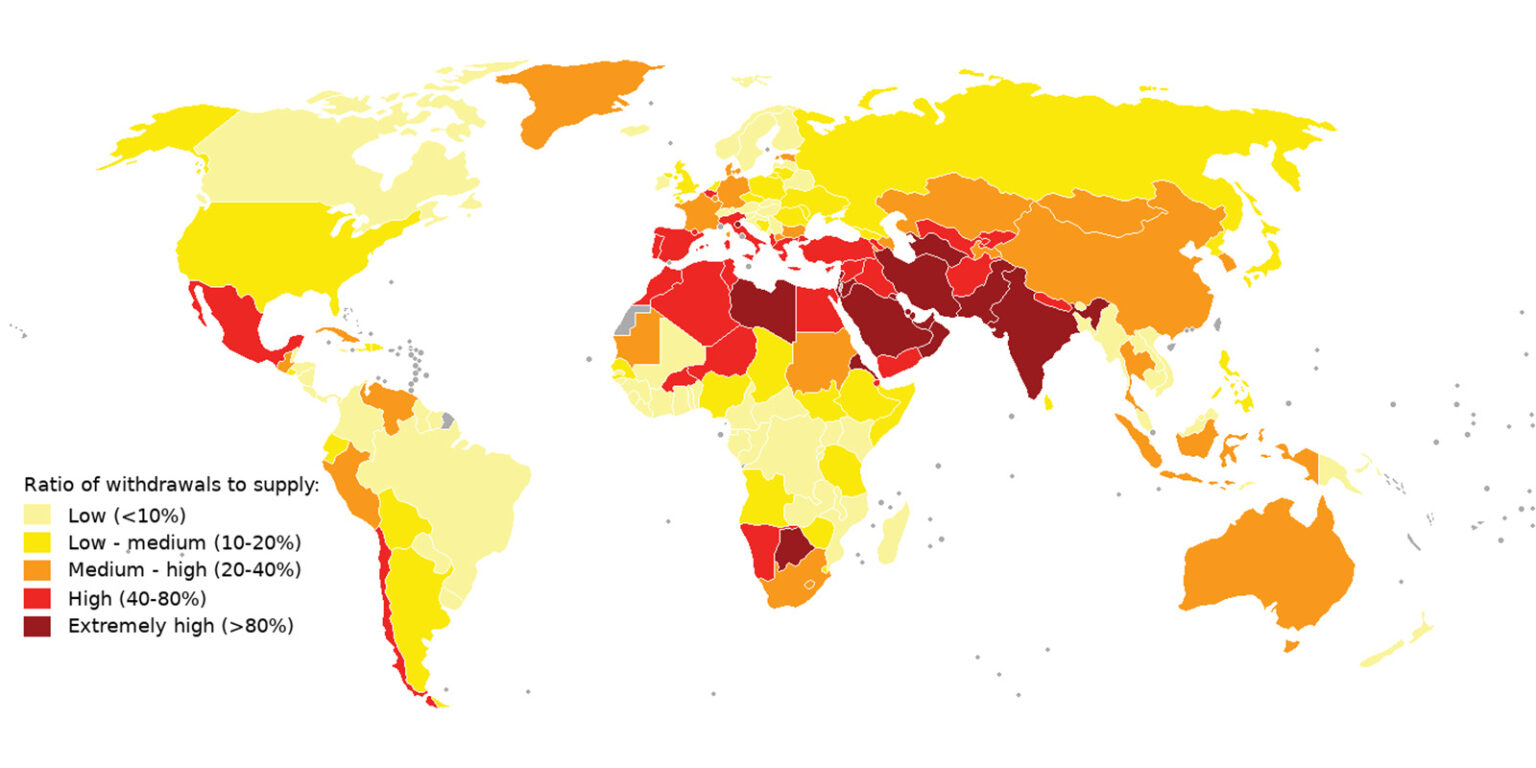Dwindling Earth: Accelerated depletion of vital resources
 These resources may disappear from our planet in the near future (photo: Unsplash)
These resources may disappear from our planet in the near future (photo: Unsplash)
Earth is rich in diverse biological and inorganic resources. However, alongside abundance, some resources are on the brink of depletion.
RBC-Ukraine discusses the resources on Earth that are depleting the fastest.
Sources used in the material preparation include The Guardian, The World Counts, National Geographic Society.
Helium
Helium is the second most abundant gas in the universe, after hydrogen. These two elements are primarily comprised of stars, gas giants, nebulae, and other distant cosmic objects.
Helium reserves on Earth are severely limited due to its low density, which allows it to escape the atmosphere and drift into space easily. Suppose one imagines a helium balloon released into the sky. In that case, it will ascend higher and higher until it bursts, after which its remnants will scatter across the expanses of the solar system.
In 2010, chemist Robert Richardson, Nobel Prize laureate for his helium research, warned that helium reserves were depleting and estimated they would last about three decades.
However, in 2016, significant helium reserves were discovered in the Tanzanian East African Rift Valley within volcanic rocks. Nonetheless, this remains a rare resource that should be conserved.
Helium is crucial in producing medical equipment such as MRI machines, optical fibers, microchips, and many other items. Therefore, its use in party balloons is highly irrational.

Helium is also used in balloons (photo: Live Science)
Phosphorus
Phosphorus is present in the Earth's crust and living organisms, including humans. However, its concentrated forms are scarce. The only industrial method of extracting this element is from phosphate rocks, with Morocco, China, Egypt, Algeria, and Syria leading in this field.
Phosphorus is necessary for fertilizer production and food additives and plays a role in steelmaking. Overall, it is an indispensable component.
However, phosphate reserves are limited. Scientists provide different estimates of their availability: some claim there is enough supply for 100 or even several hundred years, while others predict that profitable deposits will be exhausted within 50 years.
There is uncertainty about whether new reserves will be discovered by then and whether they will be economically viable for development.
However, there is good news: nearly 100 percent of phosphorus is recycled by living organisms, including humans and animals. This means that even if reserves are depleted, phosphorus can be extracted from waste, which, although costly, is better than facing a global crisis in agriculture.

Phosphorus is actively used in agriculture (Photo: Unsplash)
Sand
There's plenty of sand on Earth, but the reality is different. The shortage of sand is so severe that the United Nations, in its latest report for 2022, has called for its economical use.
According to the report, approximately 50 billion tons of sand and gravel are used annually to build a wall 27 meters wide and 27 meters tall around the entire Earth. This staggering amount is challenging to comprehend in scale.
Sand is the second most used resource on the planet after water. It is in higher demand than oil and gas. Sand is essential for the production of concrete, asphalt, and glass - without it, humanity would simply not have enough building materials, and we would be forced to live in primitive shelters.
Why not just retrieve sand from deserts by sending a few excavators to the Sahara? But no, such sand is not suitable for construction. Wind rounds off the grains, preventing them from tightly bonding and making it impossible to produce quality concrete.
The necessary sand, formed under the influence of water, can be found on riverbanks, in riverbeds, reservoirs, and on the bottoms of lakes and seas.
However, extracting such sand is becoming increasingly problematic. In countries like China, India, Kenya, Gambia, Indonesia, and South America, it is even stolen by the mafia for resale. Moreover, competitors and activists attempting to prevent this are often destroyed.
If we do not find a substitute for sand, we will have to restrict construction in the future severely.

Sand is in demand even more than oil and gas (photo: Happho )
Rare Earth elements
There are 17 metals known as rare earth elements, each with specific names like dysprosium, yttrium, thulium, terbium, europium, etc. However, these resources are depleting.
Rare earth elements, or lanthanides, are essential in various industrial sectors. They are used in manufacturing components for smartphones, TVs, and automobiles and find applications in medicine, including cancer treatment, as well as in the atomic and chemical industries and engineering.
Due to their properties, these metals make electronic miniaturization possible—without them, your iPhone would occupy an entire room.
Although rare earth metals are not as rare as they might seem - they account for almost one-fifth of the elements in the Earth's crust, surpassing the amount of copper. However, their extraction and processing are extremely complex and labor-intensive, often economically inefficient.
China and Australia are leaders in this field, but their reserves need to be improved. The scarcity of accessible rare earth metals may significantly increase the cost of smartphones and graphics cards in the coming years.
However, Greenland could change the situation—it is home to 25% of known rare earth deposits. The Canadian company Neo Performance, specializing in rare earth element extraction, has already acquired rights to its development. However, it is currently impossible to say whether the reserves on the island will be sufficient and whether it is worthwhile to proceed with development.

Thanks to the properties of these metals, electronics miniaturization is made possible (photo: Unsplash)
Water
Water is the source of life. Although 71% of the Earth's surface is covered with water, only a small amount is suitable for human consumption.
The depicted image demonstrates how our planet would look without oceans.
The large blue sphere above North America represents the total water supply on the planet, including water vapor in the atmosphere and underground sources.
The smaller sphere signifies freshwater, and the tiny dot indicates the lakes and rivers, excluding underground aquifers.
Research conducted using NASA's GRACE satellites shows that the Earth's groundwater is a primary source of drinking water for humanity and is rapidly depleting.
According to scientists from the University of California, Irvine, reserves in 21 out of 37 major aquifers have significantly diminished since 2003, with 13 of them nearly depleted.

Groundwater on Earth is rapidly depleting (photo: Wikimedia)
Studies conducted using NASA's GRACE satellites show that the Earth's groundwater, the main source of drinking water for humanity, is rapidly depleting.
According to a report by scientists from the University of California, Irvine, since 2003, reserves in 21 of the 37 largest aquifers on the planet have declined significantly, and 13 of them are almost exhausted.

The Earth's groundwater is rapidly depleting (photo: Wikimedia)
The water demand continues to grow. Nearly 70% of freshwater is used in agriculture, but it is also essential in the energy sector, including coal and nuclear energy.
This leads to half of the Earth's population, 4 billion people, suffering from water scarcity. We must develop new, more efficient methods to conserve this vital resource.

Water is the source of life (photo: AARP)

